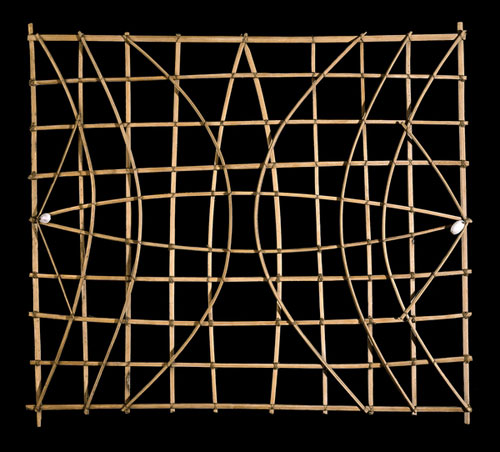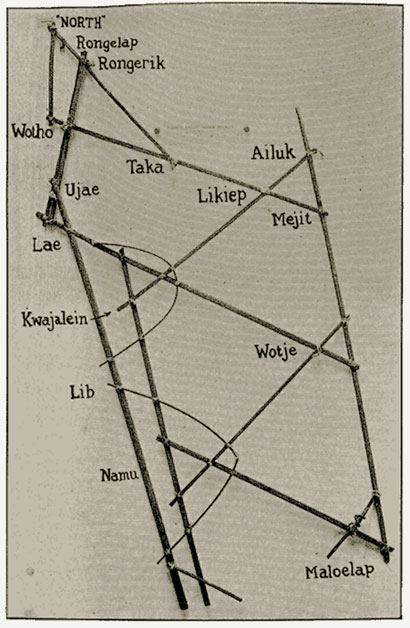The Daily Drift
Today's horoscope says:You're good at making rules, and even better at following them.
That goes double for rules that have already been tried and found true --like 'honesty is the best policy,' for example.
Still, every now and then, it might be better to keep things under wraps, and you know it.
This just might be one of those times.
A secretive energy permeates your house of undercover encounters, suggesting just that tactic.
Some of our readers today have been in:
Tokyo, Tokyo, Japan
Hamburg, Hamburg, Germany
Annecy, Rhone-Alpes, France
Caen, Basse-Normandie, France
Hamilton, Ontario, Canada
Sittard, Limburg, Netherlands
London, England, United Kingdom
Paris, Ile-De-France, France
Dublin, Dublin, Ireland
Lyon, Rhone-Alpes, France
Caracas, Distrito Federal, Venezuela
Perth, Western Australia, Australia
Rio De Janeiro, Rio De Janeiro, Brazil
Edithvale, Victoria, Australia
Halifax, Nova Scotia, Canada
Cologne, Nordrhein-Westfalen, Germany
Aylmar, Ontario, Canada
Wellington, Wellington, New Zealand
Ottawa, Ontario, Canada
Schlieren, Zurich, Switzerland
as well as Korea, Spain, Hong Kong, Italy, Denmark, Israel, India, Saudi Arabia, Czech Republic, Philippines, Malaysia, Romania, Indonesia and in cities across the United States such as Ithaca, Athens, Sparta, Thebes and more.
Today is:
Today is Thursday, November 18, the 322nd day of 2010.
There are 43 days left in the year.
Today's unusual holiday or celebration is:
There isn't one.
Don't forget to visit our sister blog!





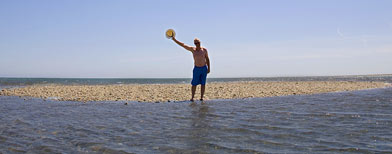








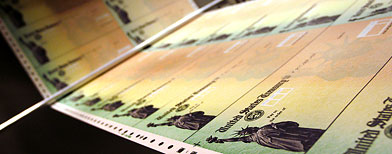


 According to Vladimir Moksunov, the leader of Russia’s toilet manufacturing association, his nation had the best public restrooms in the world until the Communist Revolution of 1917. Now it’s time for Russia to return to the top:
According to Vladimir Moksunov, the leader of Russia’s toilet manufacturing association, his nation had the best public restrooms in the world until the Communist Revolution of 1917. Now it’s time for Russia to return to the top:


 This Lalique decanter holds 1.5 liters of Macallan whisky. This rare combination recently sold at auction for about $460,000:
This Lalique decanter holds 1.5 liters of Macallan whisky. This rare combination recently sold at auction for about $460,000:
 A Whole Bunch of Scientists walk into a bar...
A Whole Bunch of Scientists walk into a bar... Johann Salomo, Christoph Schweigger, and Jacques Arsene d'Arsonval were galvanized into instant action.
Johann Salomo, Christoph Schweigger, and Jacques Arsene d'Arsonval were galvanized into instant action.
 Ron Price needs his milkshake. It's 10 o'clock on a Monday morning and the bald, barrel-chested former bodybuilder is shuffling around the kitchen of a posh rehab clinic in Tijuana, wearing slippers and a blue Gold's Gym T-shirt. Price had been employed as stockbroker in New Mexico, until his training regimen left him with debilitating injuries that forced him to undergo 33 surgeries in less than a decade. His doctor prescribed OxyContin, and Price quickly became dependent on the potent painkiller. More recently he started snorting cocaine and chugging booze to numb the pain. Now, 53 years old and three weeks into rehab, all he wants is a milkshake and to crawl back into bed. Clare Wilkins, the vivacious 40-year-old director of Pangea Biomedics, pops the lid of the blender to check the consistency of the concoction Price craves: peanut butter, soymilk, agave syrup, hemp protein powder and a few scoops of chocolate-flavored Green SuperFood.
Ron Price needs his milkshake. It's 10 o'clock on a Monday morning and the bald, barrel-chested former bodybuilder is shuffling around the kitchen of a posh rehab clinic in Tijuana, wearing slippers and a blue Gold's Gym T-shirt. Price had been employed as stockbroker in New Mexico, until his training regimen left him with debilitating injuries that forced him to undergo 33 surgeries in less than a decade. His doctor prescribed OxyContin, and Price quickly became dependent on the potent painkiller. More recently he started snorting cocaine and chugging booze to numb the pain. Now, 53 years old and three weeks into rehab, all he wants is a milkshake and to crawl back into bed. Clare Wilkins, the vivacious 40-year-old director of Pangea Biomedics, pops the lid of the blender to check the consistency of the concoction Price craves: peanut butter, soymilk, agave syrup, hemp protein powder and a few scoops of chocolate-flavored Green SuperFood.  Researchers at the Stanford School of Medicine attempted to measure the computational power of the combined synapses in the typical human brain. Lead researcher Stephen Smith wrote:
Researchers at the Stanford School of Medicine attempted to measure the computational power of the combined synapses in the typical human brain. Lead researcher Stephen Smith wrote:



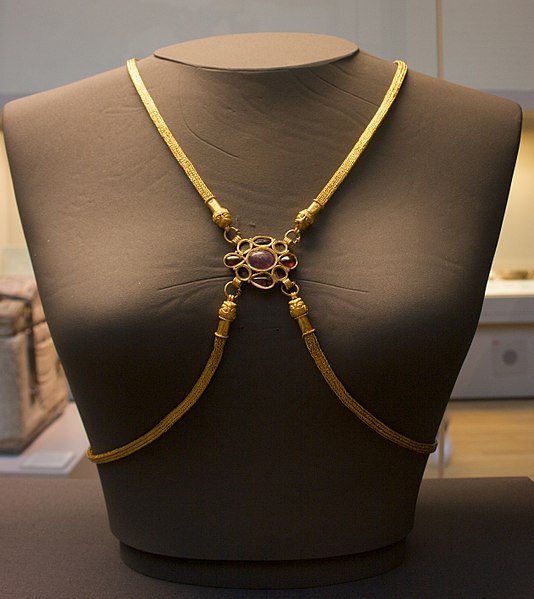
 "The iconography (of ancient Chavin drawings) shows people mixed with animal features in altered states of being," said Kolar, who is presenting her recent work at a conference in Cancun, Mexico this week. "There is peyote and mucus trails out of the nose indicative of people using psychoactive plant substances. They were taking drugs and having a hallucinogenic experience." If that wasn't enough, the mazes at Chavin de Huantar also include air ducts that use sunlight to produce distorted shadows of the maze's human participants. And sound waves from giant marine shells found in the maze in 2001 may have produced a frequency that actually rattled the eyeballs of those peyote-using ancients, Kolar said...
"The iconography (of ancient Chavin drawings) shows people mixed with animal features in altered states of being," said Kolar, who is presenting her recent work at a conference in Cancun, Mexico this week. "There is peyote and mucus trails out of the nose indicative of people using psychoactive plant substances. They were taking drugs and having a hallucinogenic experience." If that wasn't enough, the mazes at Chavin de Huantar also include air ducts that use sunlight to produce distorted shadows of the maze's human participants. And sound waves from giant marine shells found in the maze in 2001 may have produced a frequency that actually rattled the eyeballs of those peyote-using ancients, Kolar said... 



